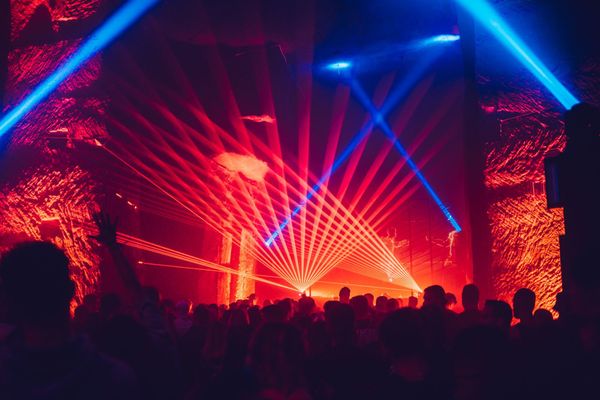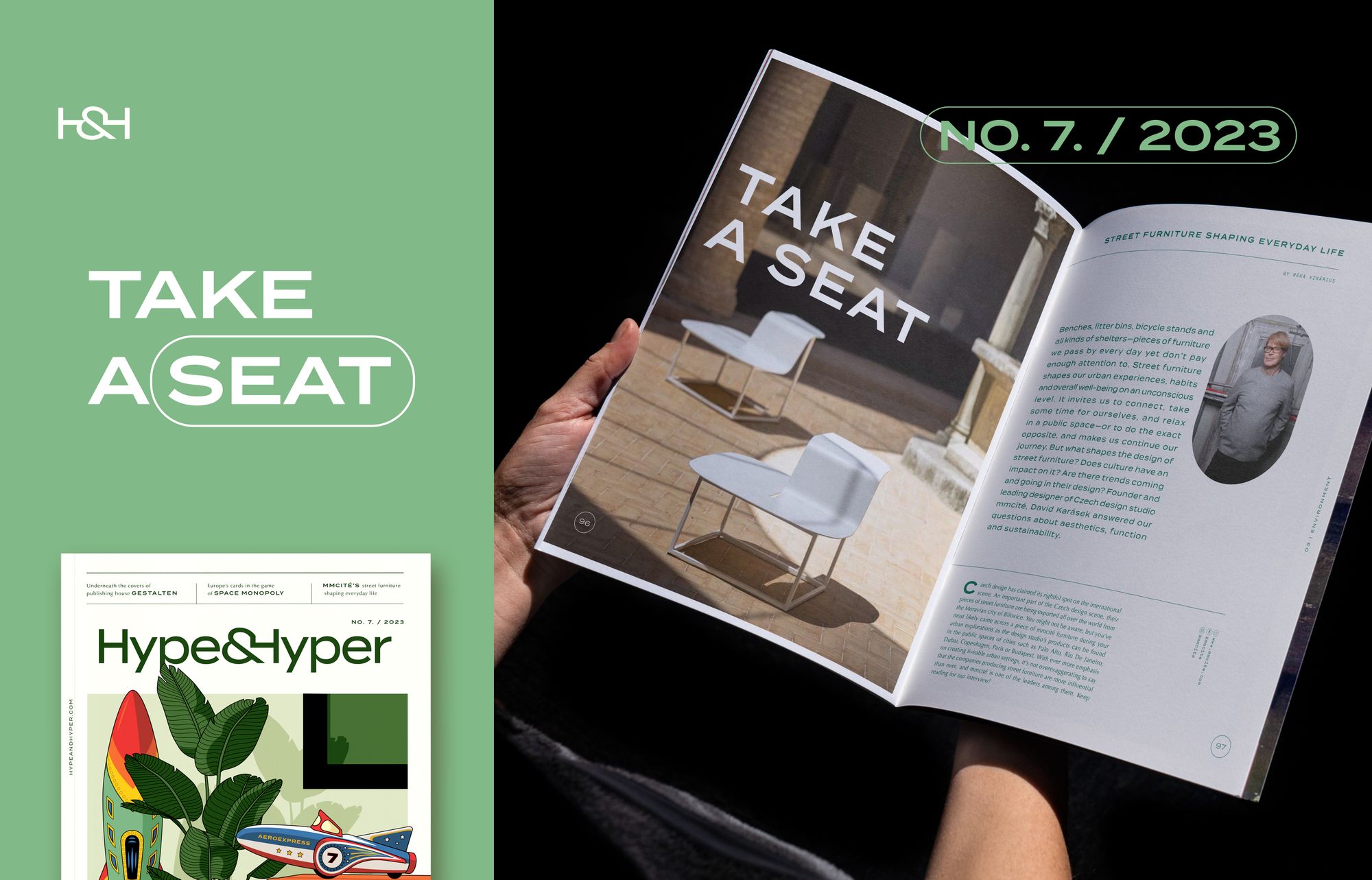Benches, litter bins, bicycle stands and all kinds of shelters—pieces of furniture we pass by every day yet don’t pay enough attention to. Street furniture shapes our urban experiences, habits and overall well-being on an unconscious level. It invites us to connect, take some time for ourselves, and relax in a public space—or to do the exact opposite, and makes us continue our journey. But what shapes the design of street furniture? Does culture have an impact on it? Are there trends coming and going in their design? Founder and leading designer of Czech design studio mmcité, David Karásek answered our questions about aesthetics, function and sustainability.
Czech design has claimed its rightful spot on the international scene. An important part of the Czech design scene, their pieces of street furniture are being exported all over the world from the Moravian city of Bílovice. You might not be aware, but you’ve most likely came across a piece of mmcité furniture during your urban explorations as the design studio’s products can be found in the public spaces of cities such as Palo Alto, Rio De Janeiro, Dubai, Copenhagen, Paris or Budapest. With ever more emphasis on creating liveable urban settings, it’s not overexaggerating to say that the companies producing street furniture are more influential than ever, and mmcité is one of the leaders among them. Keep reading for our interview!
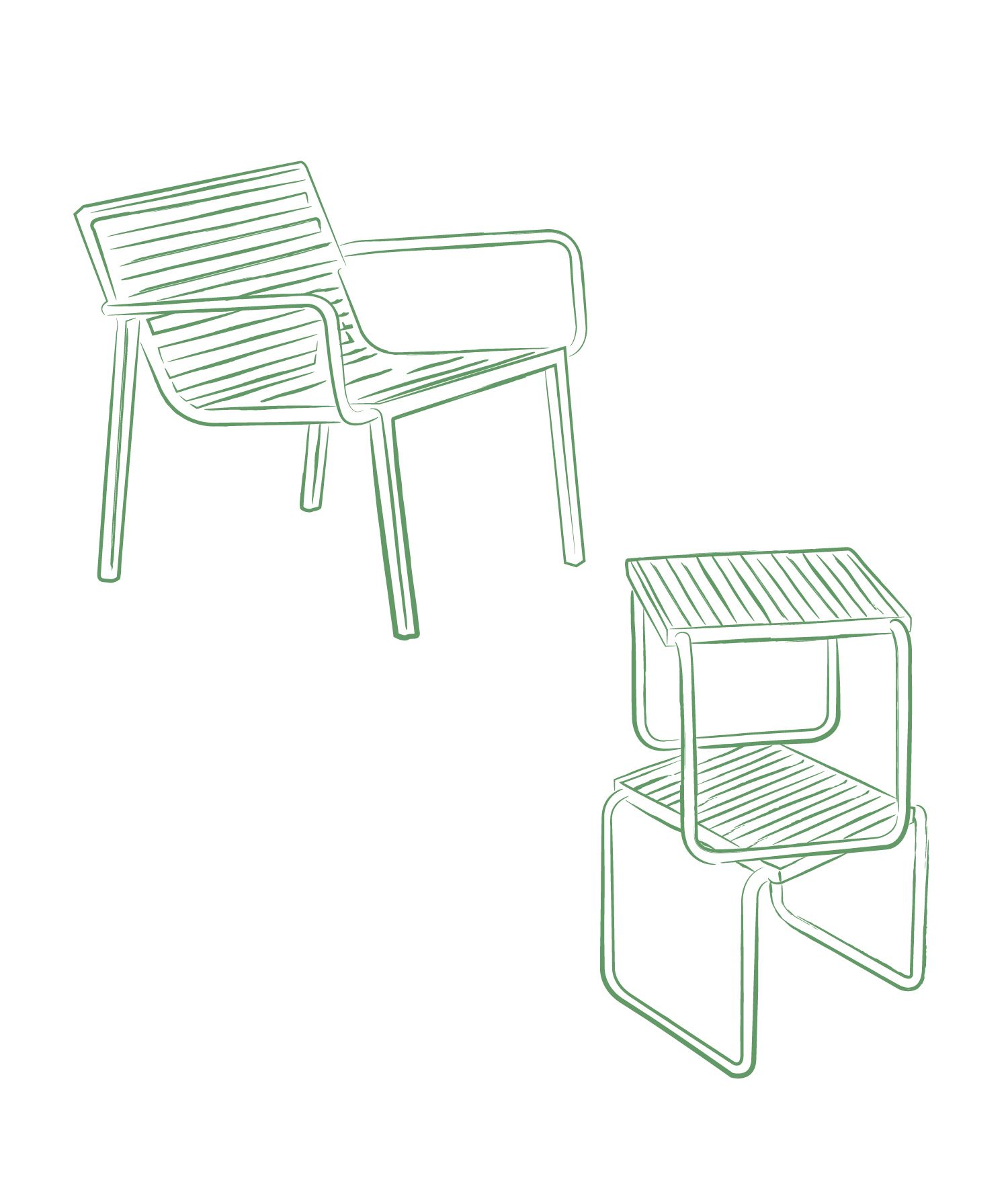

‘It is important to be ambitious and to do things better than others. To leave a legacy’—an inspiring thought of yours from the website of mmcité. Today, it’s safe to say that your company has left its mark around the world. Where did your passion for street furniture and urban areas come from?
I've always been fascinated by the public realm, but I'd say the passion was born along the way. It started 30 years ago when we won the design competition for new street furniture for the city of Zlín. We were students, hungry to design new pieces but shortly after, we had to face the fact that designing wasn’t enough, we needed to be able to produce as well. Through the years, it’s been proven to me that good design in public spaces impacts the lives of people in a positive way and that’s the best motivation for my work.
When designing street furniture, how much freedom do you have in terms of aesthetics and functionality?
We have freedom as long as both aspects meet our standards. The pieces of furniture need to withstand the years, serve people for decades. Apart from that, we are also challenged by rain, snow, heat, and many other factors. The aesthetic is a very important factor to me. At mmcité we say: “Good design isn't for galleries – it is for life“. But certainly, it’s not only about aesthetics and function, we also have to take into account finances and economics. Quality design unites these three aspects: it’s functional, not too pricey, and evokes emotions—by touching your heart!

A public space belongs to everyone, therefore a piece of outdoor furniture should be accessible to all city dwellers regardless of age, sex, or physical ability. How do you address the issue of inclusive design in your projects?
Inclusivity without explicitly naming it is an essential part of what we do. As you said, the public space is for everyone and so is our furniture. No exclusivity, just genuine accessibility: we have seats and tables for children as well as for handicapped and elderly people in most of our product lines.
In 2020, the pandemic led to various discussions about how our public space-using habits will change. Although social distancing is less relevant now, what new demands or aspects does street furniture have to meet today compared to the past decades?
I think that the long-term trend of bringing the public outdoor space closer to the private interior space is still ongoing. Public spaces increasingly take their inspiration from residential interiors. Inhabitation, playfulness, cosiness, maybe a little retro vibe too. The pandemic didn't change much, it just drew attention to the fact that a well-thought-out and equipped public space is important to all of us.
In this highly urbanised world, how can street furniture contribute to sustainable cities? How does mmcité respond to this issue?
When you create a park or public space, you’re doing it to last the next twenty years or more. It’s not about trends, it’s about quality and conscious design. Therefore for us, sustainability equals durability in terms of materials, execution, and design: we want to create something that you won't get tired of after a few years.

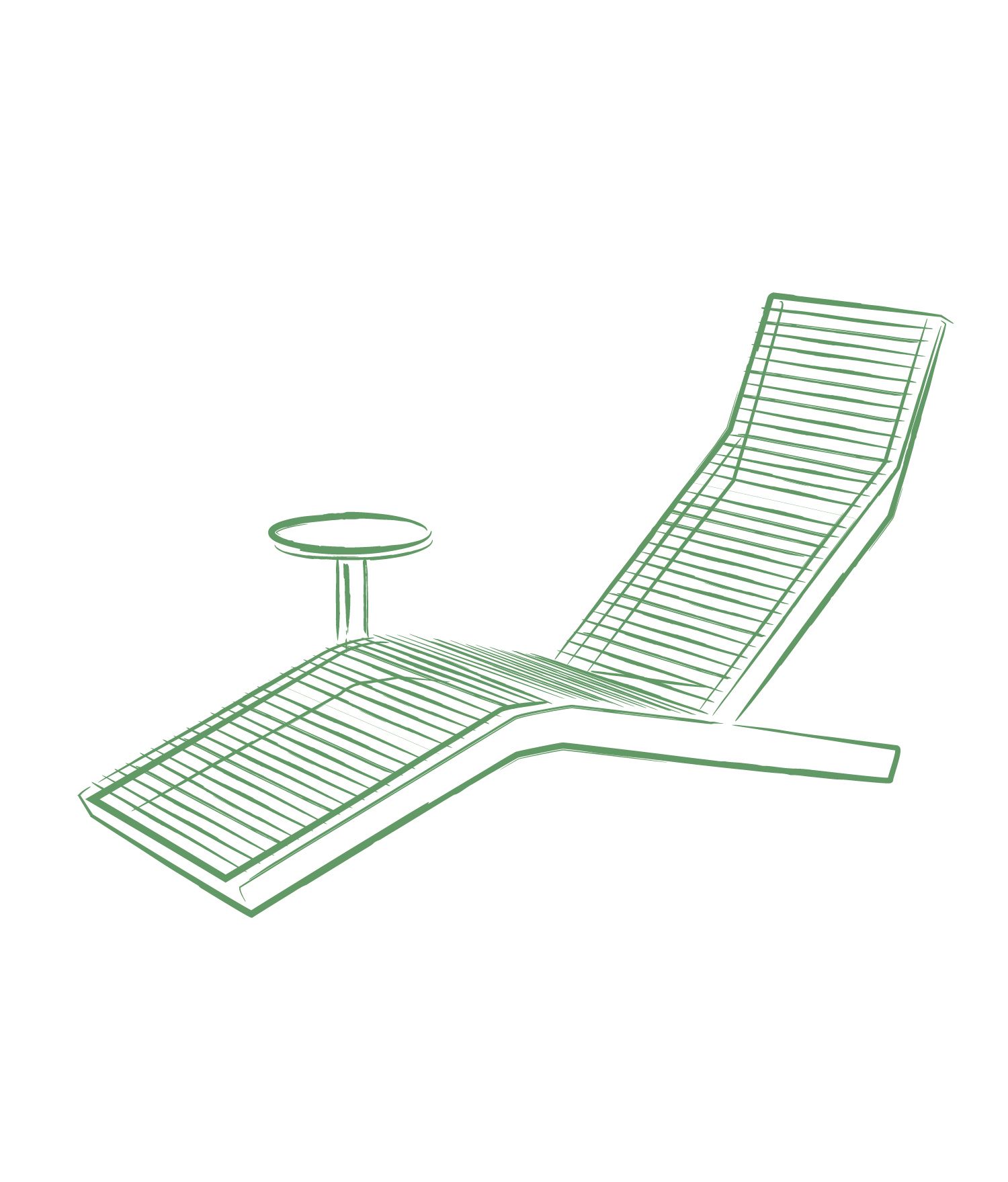
Every city has a different streetscape and identity. How much should outdoor furniture fit in with the cultural context of a country or city? Or should the same furniture work universally well at a piazza in Italy or in a public park in Copenhagen or Budapest?
The needs of people are the same all around the world when it comes to street furniture: to have a rest, take a seat, have fun, and enjoy the time spent outdoors. There might be varieties in materials, sizes, and sheltering, but our product language is universal. We’ve even unified the pictograms on our products: the goal was to create trendy signs that would be descriptive, simple, and easy-to-understand and match the mmcité design concept all around the world. Today's world is globalised and architecture and urbanism are no exception. Projects on completely opposite continents are made by the same architects—so our products work well in very different cultural contexts...
Photos: mmcité
Illustrations: László Bárdos
Continue reading in H&H issue no.7!
ORDER HERE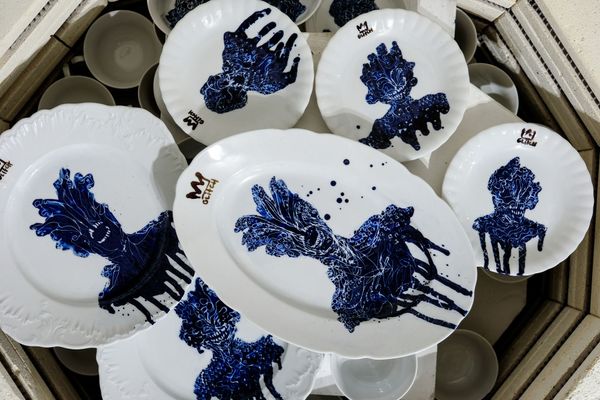
Post-apocalyptic china anyone? | Glitch LAB x The Last of Us

Electric air taxis to fly across the EU skies from 2027
